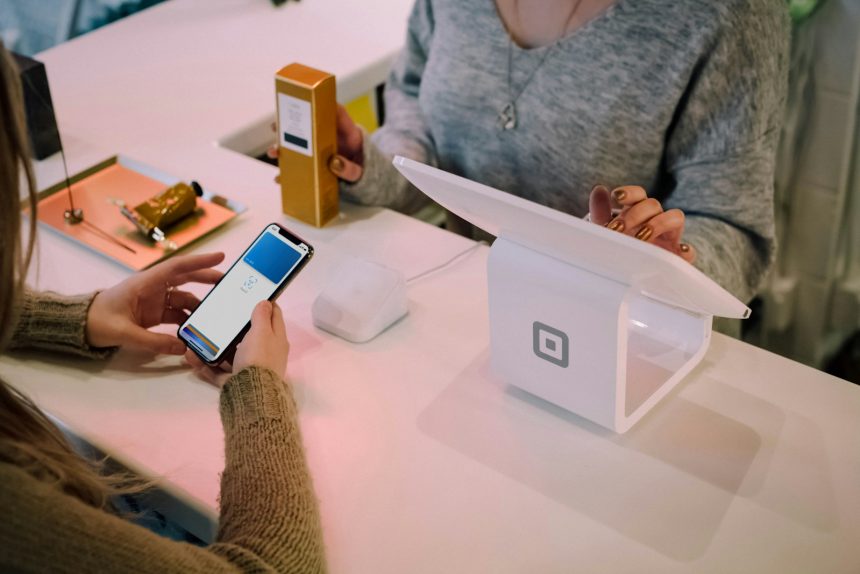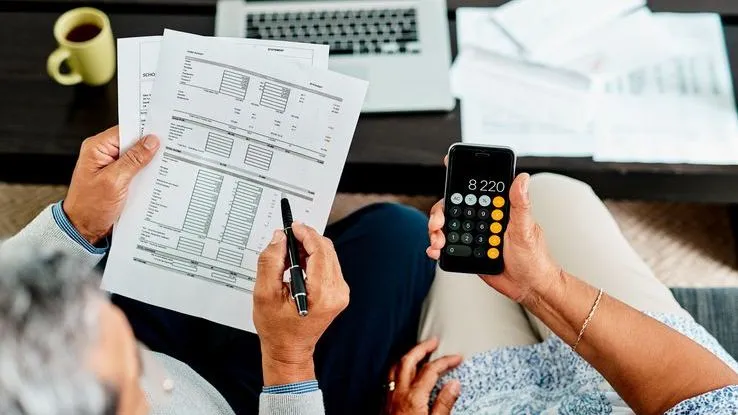How to Build an Emergency Fund from Scratch

In a world of economic uncertainty, an emergency fund has become a financial necessity. Whether it’s a medical emergency, sudden job loss, or an unexpected car repair, having a dedicated stash of cash can provide peace of mind and protect you from falling into debt. Yet for many, starting an emergency fund from zero feels like an overwhelming task. The good news is, it’s entirely achievable, no matter your income level or financial situation.
Why an Emergency Fund Matters
An emergency fund acts as a financial buffer that keeps you afloat during tough times. Unlike investments or long-term savings, this fund should be easily accessible and liquid. According to most financial experts, you should aim to save three to six months’ worth of essential expenses. For some, that might seem unrealistic, especially when living paycheck to paycheck, but the key is to start small and be consistent.
An emergency fund is not about saving a fortune overnight. It’s about creating a habit and building financial resilience over time. When you’re faced with an unexpected expense, having a cushion allows you to avoid high-interest loans or credit card debt, which can compound your financial troubles.
Step-by-Step Guide to Building Your Fund
The first step is to assess your monthly expenses. Track how much you spend on necessities such as rent or mortgage, groceries, utilities, transportation, and insurance. These are the costs you’ll still need to cover in an emergency, so they form the basis of your target fund size. Multiply that amount by three to six to get a rough estimate of your savings goal.
Next, set a realistic initial goal. If the idea of saving several months’ worth of expenses feels daunting, start smaller. A good starting point is ₹10,000 to ₹25,000 or around $500 to $1,000. This amount can cover minor emergencies like a medical bill or urgent car repair. Once you hit that goal, you can scale up.
To begin saving, create a separate savings account solely for your emergency fund. Avoid mixing it with your everyday checking account. Look for high-yield savings accounts that offer better interest rates while still giving you access when needed. Keeping it separate helps you resist the temptation to dip into it for non-emergencies.
Now comes the discipline part. Set up automatic transfers to your emergency fund every time you receive your salary. Even a small amount like ₹500 or $10 a week adds up over time. Automating the process removes the decision-making barrier and ensures consistency.
To find the money to save, audit your spending. Cut down on non-essential expenses like dining out, subscriptions you don’t use, or luxury purchases. Consider temporary sacrifices for long-term stability. Redirect any bonuses, tax refunds, or monetary gifts straight into your fund. Even selling unused items around your home can give your savings a boost.
Another effective strategy is to take on a side hustle or freelance work, even temporarily, with the specific goal of funding your emergency reserve. Income from rideshare apps, online tutoring, or selling handmade products can help speed up the process.
It’s also crucial to keep your emergency fund strictly for emergencies. If you use it for a planned vacation or shopping spree, you’ll lose the financial security it’s meant to provide. Emergencies typically include medical bills, sudden unemployment, urgent home or car repairs, or unexpected travel due to a family crisis. Stick to the rule: if it’s not essential and unforeseen, don’t touch the fund.
Staying Motivated and Consistent
Building an emergency fund takes time and discipline, but staying motivated can make a significant difference. One way is to visualize your progress. Use budgeting apps or spreadsheets to track how your fund grows month by month. Celebrating small milestones—like hitting your first ₹5,000 or $100—can boost morale.
Another approach is to regularly remind yourself of the “why.” Think back to a time when you faced a financial emergency. How would things have been different with a safety net? That perspective can be a powerful motivator to stay on track.
You might also find it helpful to involve your family or partner in the process. Shared goals and accountability can improve results and keep everyone aligned with the same financial priorities.
Lastly, once you reach your target goal, continue contributing a small amount monthly. Life is unpredictable, and having a slightly larger fund won’t hurt. It also ensures that if you ever dip into it, replenishment won’t feel like starting from zero again.
What's Your Reaction?
 Like
0
Like
0
 Dislike
0
Dislike
0
 Love
0
Love
0
 Funny
0
Funny
0
 Angry
0
Angry
0
 Sad
0
Sad
0
 Wow
0
Wow
0







:max_bytes(150000):strip_icc()/WhatIsVolumeofaStock-12741bcb2f4348b1a7b684ddc1a6e1d7.jpg)











